This program is designed to develop a means of distributing energy wirelessly around the globe through airborne power transfer. First dreamed up by Nikola Tesla almost 100 years ago, if successful, this would be the most significant change to energy transfer since the first rollout of electrification almost 150 years ago.
Category: energy – Page 145
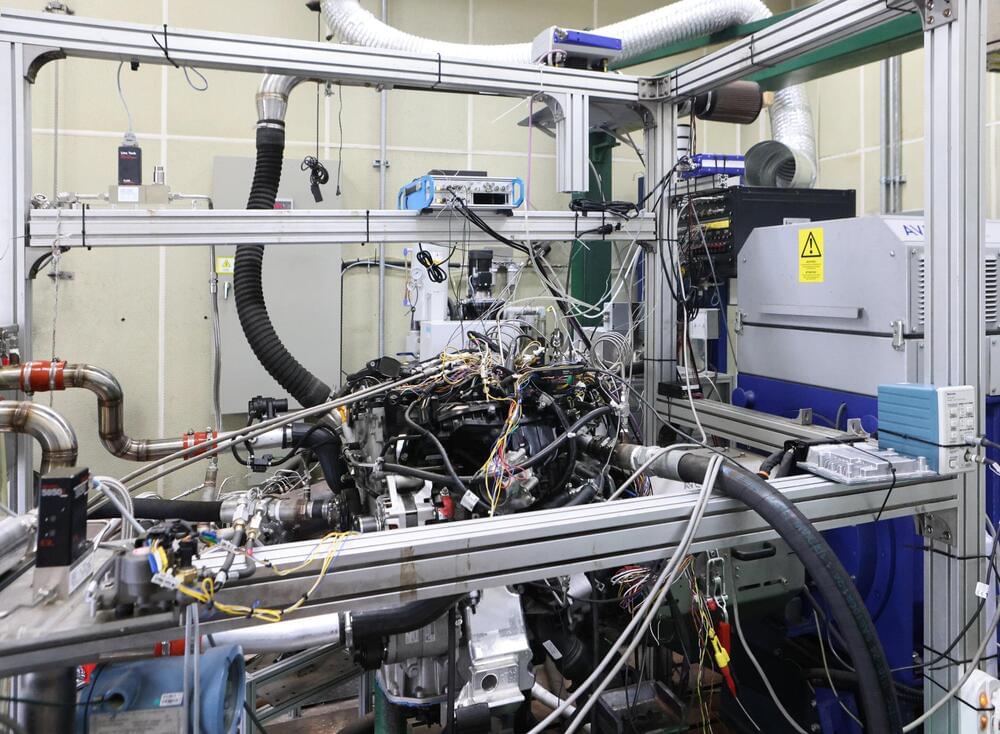
Research team develops 2-liter class hydrogen engine capable of running entirely on hydrogen
Amid the fierce competition throughout the globe to develop hydrogen mobility technologies to achieve carbon neutrality, a new technology for a 2-liter class hydrogen-fueled engine (a passenger car hydrogen engine) capable of running entirely on hydrogen has been developed for the first time in Korea.
The joint research team led by Principal Researcher Young Choi of the Department of Mobility Power Research of the Korea Institute of Machinery and Materials (KIMM), and Researcher Hong-gil Baek of the Zero-Carbon Engine Research Lab of Hyundai-Kia Motor Company (HMC) developed the “direct injection hydrogen engine” that runs entirely on hydrogen fuels, and demonstrated its world-class excellence through performance evaluation.
The joint research team of KIMM and HMC injected hydrogen directly into the combustion chamber of the engine of HMC’s existing hybrid vehicle, with a pressure of more than 30 bar. By using a turbo charger that improves the performance of the engine, the research team was able to maintain high thermal efficiency in all domains from the ignition of the engine to the upper limit of the engine load, allowing the engine to be stably operated throughout the entire engine operating conditions.
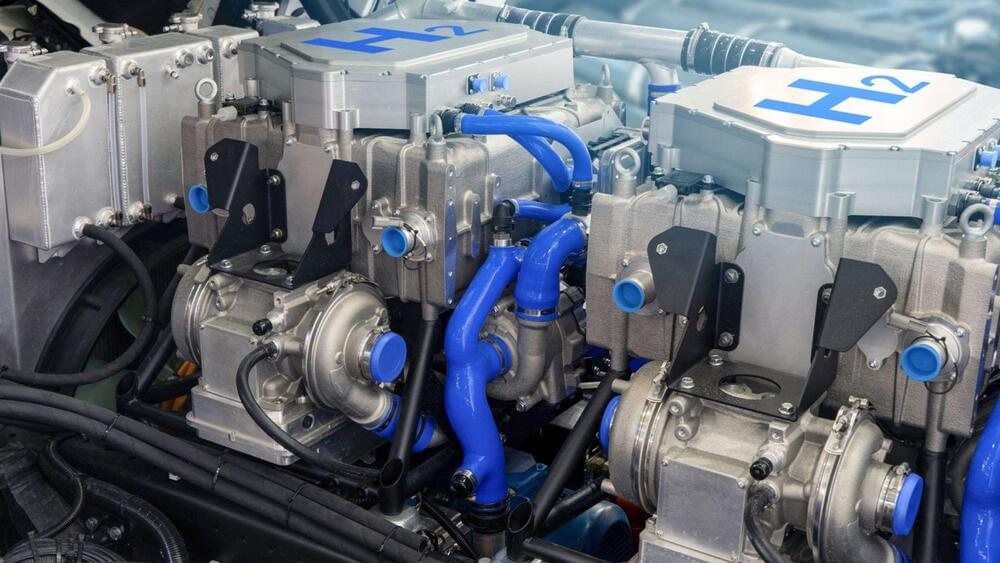
This 2-liter car engine can run entirely on hydrogen
New technology allows hydrogen to be directly injected into the cylinders like an internal combustion engine.
As the world scrambles to transition to green fuels to achieve carbon neutrality, promoting power sources that use hydrogen as a clean fuel is one strategy to further the move. Now, researchers in South Korea have developed a new technology for a passenger car hydrogen engine that promises to make it more viable for mass production.
The powertrain developed by researchers at the Korea Institute of Machinery and Materials (KIMM) and the Zero-Carbon Engine Research Lab of Hyundai-Kia Motor Company (HMC) is a 2-liter direct injection hydrogen engine that runs entirely on hydrogen fuel.
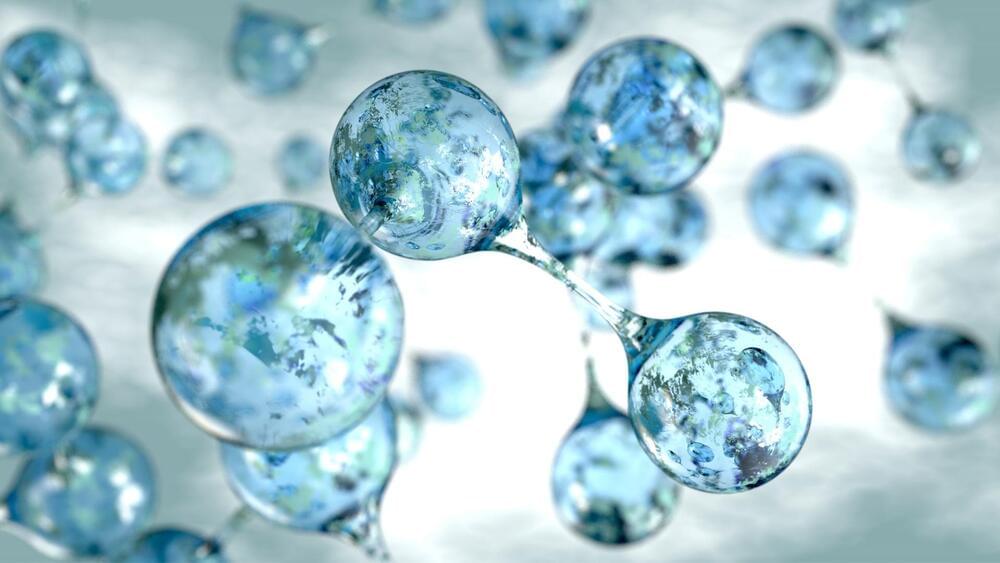

Membrane-free lithium-ion batteries could help power grid
Removing membranes could shave off as much as 30 percent of battery costs since they are the most expensive components.
Researchers at the University of Cincinnati in the US have developed a new design that could make lithium-ion batteries much cheaper to produce. This can have a profound impact on the large-scale energy storage systems needed to store renewable energy, a press release said.
Lithium-ion batteries, extensively used for power electronic devices, have also found their way into electric vehicles (EVs) thanks to their superior energy density over conventional batteries. These can also be deployed to store renewable energy when production is high, but the demand is low.


Chemists Develop New Way To Split Water
Hydrogen is often touted as a future energy solution, especially when generated through environmentally friendly methods. Beyond its energy potential, hydrogen plays a crucial role in producing active ingredients and various essential compounds. To generate hydrogen, water (H2O) can be transformed into hydrogen gas (H2) through a sequence of chemical reactions.
However, as water molecules are very stable, splitting them into hydrogen and oxygen presents a big challenge to chemists. For it to succeed at all, the water first has to be activated using a catalyst – then it reacts more easily.
A team of researchers led by Prof. Armido Studer at the Institute of Organic Chemistry at Münster University (Germany) has developed a photocatalytic process in which water, under mild reaction conditions, is activated through triaryl phosphines and not, as in most other processes, through transition metal complexes.
Japan launched an X-ray telescope more advanced than its peers
Japan’s space agency has launched a rocket on September 6 at 7:42 PM EDT carrying a telescope that’s more advanced than NASA’s Chandra and other X-ray observatories already in orbit. The X-Ray Imaging and Spectroscopy Mission — or XRISM but pronounced as “crism” — is a mission led by JAXA (Japan Aerospace Exploration Agency) in collaboration with NASA and with contributions by the European Space Agency. Lia Corrales, a University of Michigan astronomer and mission participant, told The New York Times that XRISM represents “the next step in X-ray observations.”
The telescope is considered more powerful than its predecessors because of its tools. One of them, called Resolve, is a microcalorimeter spectrometer with the capability to measure tiny increases in temperature when X-rays hit its 6-by-6-pixel detector. It must operate in an environment that’s a fraction of a degree above absolute zero, enabled by a multistage mechanical cooling process inside its refrigerator-sized container with liquid helium. But so long as it’s working, the tool can measure each individual X-ray energy and can provide information on its source’s composition, motion and physical state.
The Times says the mission team expects Resolve’s spectroscopic data to be 30 times sharper than what Chandra’s instruments can provide. It can detect X-rays with energies that range from 400 to 12,000 electron volts, which NASA says can give us the data needed to know more about the hottest regions, the largest structures and the objects with the strongest gravity pull in the universe. XRISM’s science operations won’t begin until January, though, since scientists still have to switch on its instruments and tune them in the next few months.
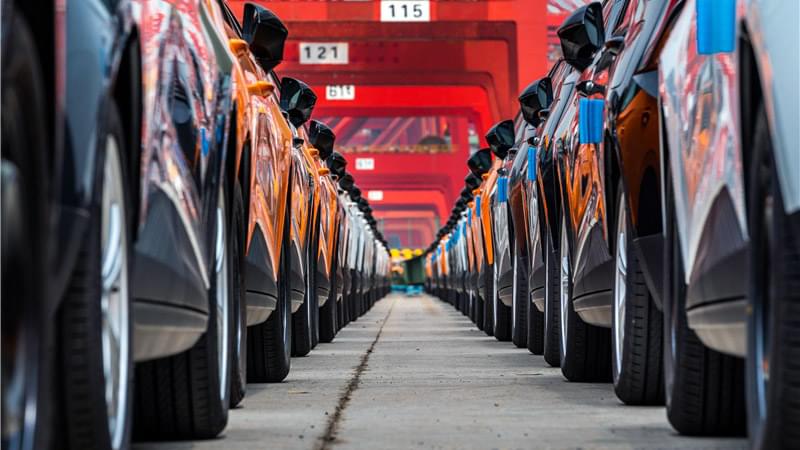
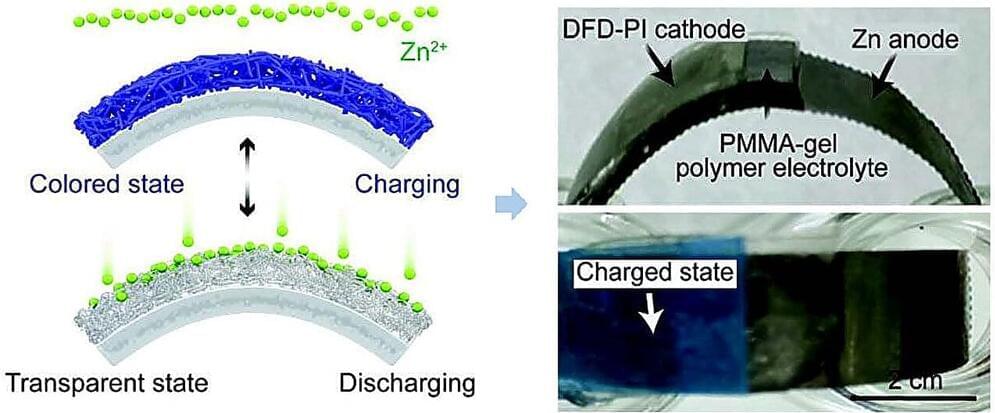
A smart color-changing flexible battery with ultra-high efficiency
With the rapid growth of the smart and wearable electronic devices market, smart next-generation energy storage systems that have energy storage functions as well as additional color-changing properties are receiving a great deal of attention. However, existing electrochromic devices have low electrical conductivity, leading to low efficiency in electron and ion mobility, and low storage capacities. Such batteries have therefore been limited to use in flexible and wearable devices.
On August 21, a joint research team led by Professor Il-Doo Kim from the KAIST Department of Materials Science and Engineering (DMSE) and Professor Tae Gwang Yun from the Myongji University Department of Materials Science and Engineering announced the development of a smart electrochromic Zn-ion battery that can visually represent its charging and discharging processes using an electrochromic polymer anode incorporated with a “π-bridge spacer,” which increases electron and ion mobility efficiency.
Their research was published as an inside cover article for Advanced Materials on August 3 under the title, “A π-Bridge Spacer Embedded Electron Donor-Acceptor Polymer for Flexible Electrochromic Zn-Ion Batteries.”